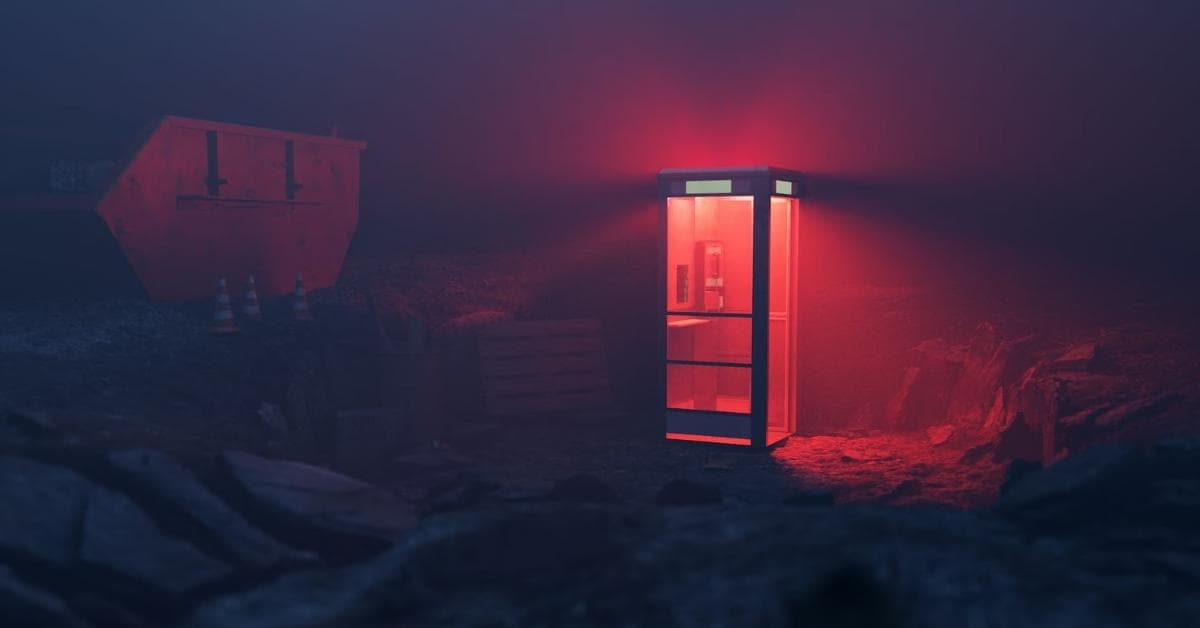In the digital age, captivating visuals play an indispensable role in content presentation. Whether you’re a web designer, a social media enthusiast, or a digital marketer, the term “photo manipulation header” probably rings a bell. In this article, we’ll dive into the art and science of photo manipulation headers, exploring their significance, techniques, and common FAQs to help you master this powerful design element.
Understanding Photo Manipulation Headers
A photo manipulation header, also known as a header image or banner, is the large, eye-catching image at the top of a web page, blog post, or social media profile. It serves as the visual introduction to the content and can greatly influence a user’s first impression. These headers are a blend of artistic creativity and technical expertise and are commonly used to:
- Enhance Branding: A well-crafted header can reinforce brand identity by incorporating logos, color schemes, and other brand elements.
- Set the Tone: The header image sets the mood for the content, conveying emotions and themes, making it crucial for storytelling.
- Provide Context: Headers can offer context about the content, guiding visitors to the main focus of the page.
- Improve Engagement: Engaging headers draw users in, encouraging them to explore further.
Techniques for Creating Stunning Photo Manipulation Headers
- Choose High-Quality Images: Start with high-resolution images to ensure clarity and crispness.
- Optimize for the Web: Compress and resize the image to maintain fast page load times.
- Overlay Text and Graphics: Superimpose text, logos, or other elements onto the image using software like Photoshop or Canva.
- Use Filters and Effects: Experiment with filters, color adjustments, and blending modes to create the desired atmosphere.
- Ensure Responsiveness: Test headers on various devices to ensure they display correctly on all screen sizes.
- Keep It Simple: Less is often more. A cluttered header can be overwhelming, so maintain a clean and focused design.
FAQs
Q1: What dimensions should I use for a photo manipulation header?
A1: The ideal dimensions can vary depending on the platform. For a website header, common dimensions are around 1200×400 pixels, while social media headers have their own recommended sizes. Always check the specific platform’s guidelines for the best results.
Q2: Can I use stock images for my headers?
A2: Yes, you can use stock images, but it’s advisable to customize them to make your header unique. Customization can include overlaying text, filters, or other graphical elements.
Q3: How can I optimize my header for SEO?
A3: Include relevant keywords in the image filename, alt text, and surrounding text on the page. Ensure the image is of high quality, as this can positively impact user experience and SEO.
Q4: Are there any copyright concerns with photo manipulation headers?
A4: Yes, it’s essential to use images you have the rights to or that are licensed for your use. Be cautious when using copyrighted material without permission, as it can lead to legal issues.
Q5: Can I change my header frequently?
A5: Absolutely. Changing headers periodically can keep your content fresh and engaging. For special promotions or events, it’s common to update the header to reflect the theme.
Q6: What tools are recommended for creating photo manipulation headers?
A6: Adobe Photoshop and Canva are popular choices. Photoshop offers powerful editing capabilities, while Canva provides an easy-to-use online platform with templates designed for various purposes.
Conclusion
In conclusion, mastering the art of photo manipulation headers is a valuable skill for anyone in the photo editing realm. These creative canvases enable you to visually communicate your brand and content in a compelling way. By understanding the techniques and following the best practices, you can create headers that captivate your audience and make a lasting impact.
This page was last edited on 19 February 2024, at 4:24 pm
